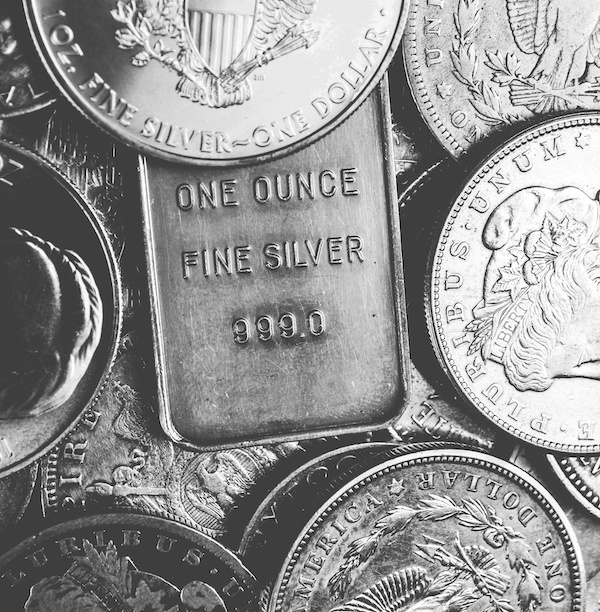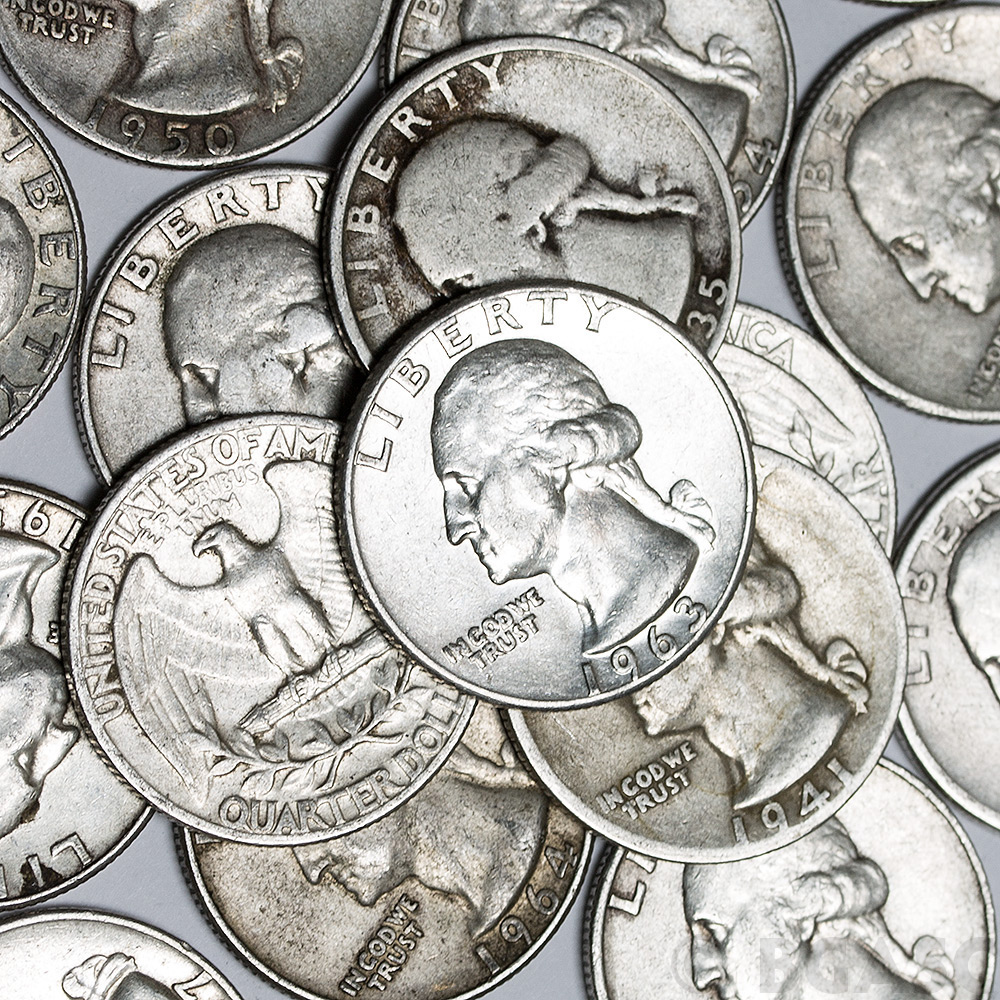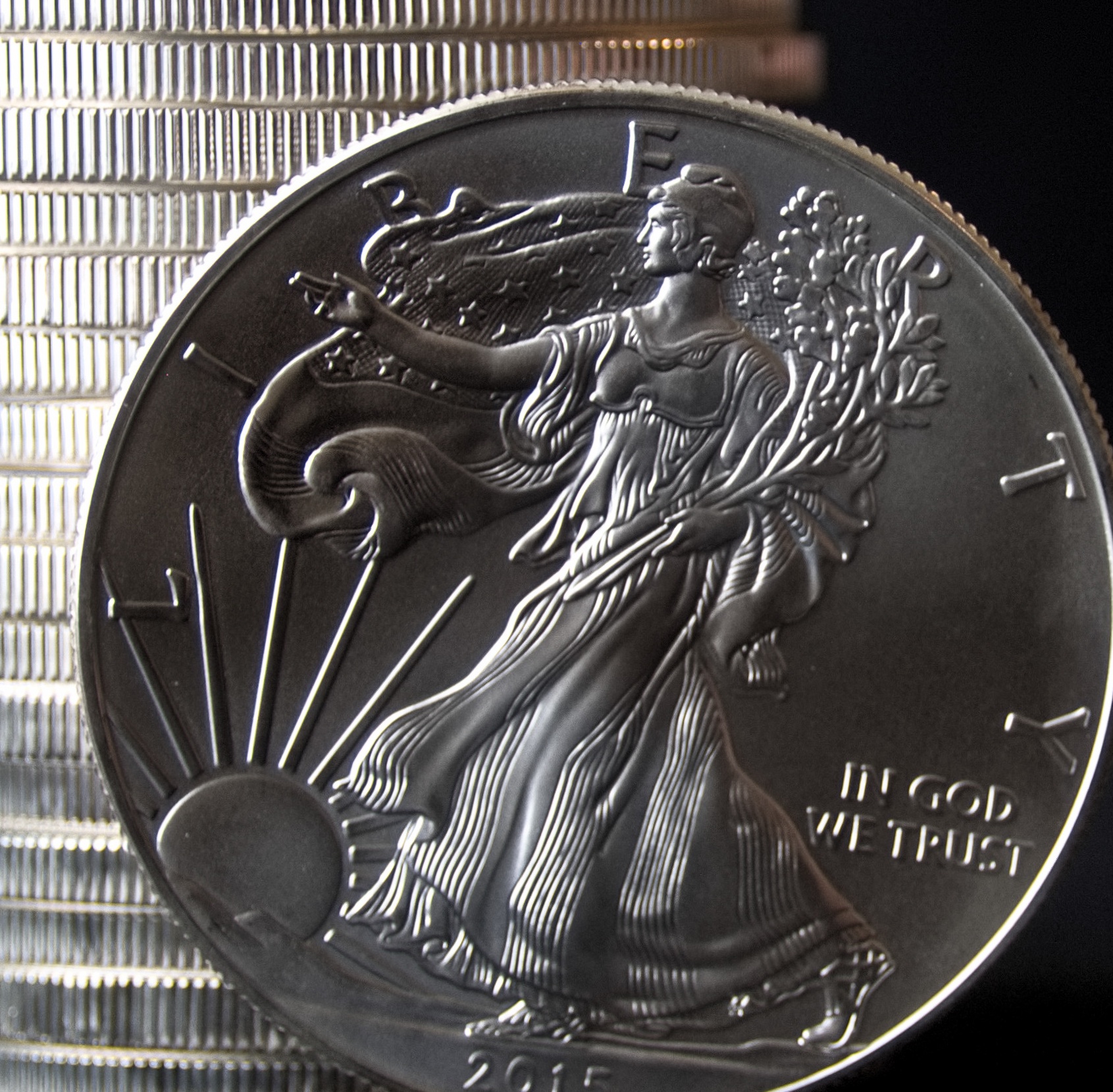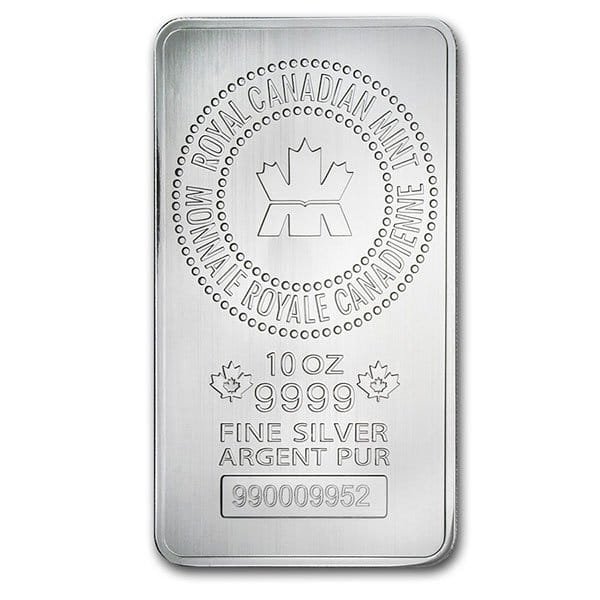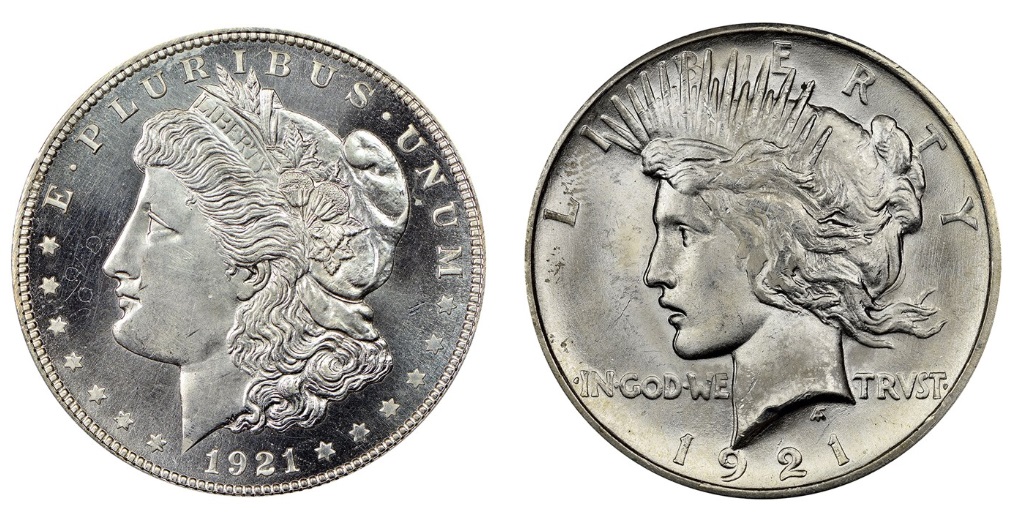One of the more mysterious properties of silver is that it is prone to tarnishing when exposed to air, which is the oxidation of sulfur-containing compounds in the air.
The process can occur rapidly, such as with artificially toned coins, or gradually, with some beautifully naturally toned numismatic silver coins selling for much higher premiums than cleaned coins.
Silver is prone to tarnishing, and many investors in silver bullion, coins, and sterling silver antiques often have questions and want to learn more.
The tarnish that forms on the surface of silver is a layer of corrosion that can affect the appearance and luster of the shiny metal.
Why does silver tarnish?
It is a normal and natural process that occurs even in environments deprived of oxygen, such as those found in shipwrecks like the SS Gairsoppa.
Some modern collectors prefer toned silver coins because of their colorful beauty and history.
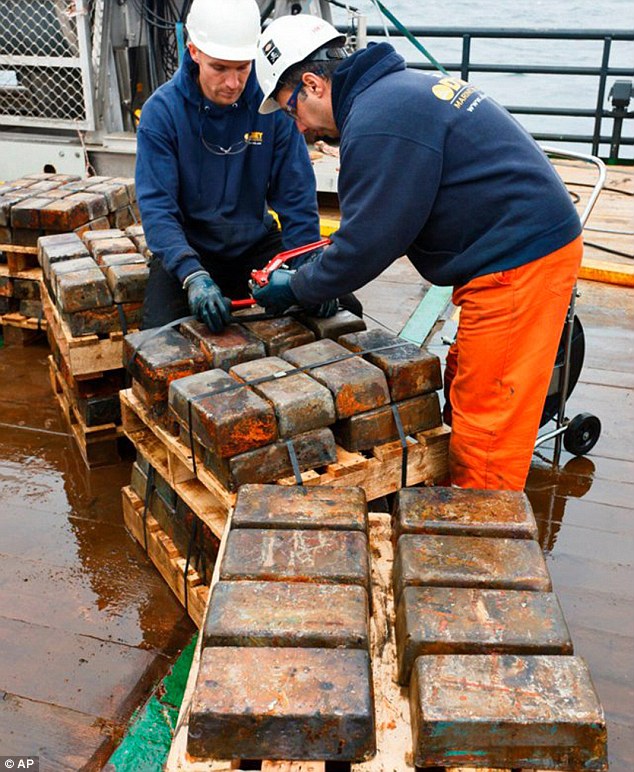
Artificial toning is becoming more common as stackers experiment by sealing silver coins in airtight containers with sulfur-containing foods like eggs.
It’s essential to have silver coins evaluated and appraised by an expert to determine whether they have added numismatic value.
Other factors can contribute to the formation of tarnish in unique patterns, such as with tab-toned coins, which are from long-term contact with rubber bands, cardboard templates, and tape.
Physical contact with items containing large concentrations of sulfur-rich compounds can cause silver to tarnish faster.
A common question among new investors concerns strange tarnish patterns caused by storing silver coins in soft plastic “coin flips.” The smooth plastic contains PVC compounds that interact with the silver oxidation and can produce unsightly black marks.
Cleaning silver bullion coins and rounds does not affect their value. Whether tarnished or cleaned, silver bullion coins will always retain their intrinsic value. Some investors prefer cleaning silver bullion coins to maintain their alluring luster.
E-Z-Est is a product used by numismatists and bullion investors to restore silver coins’ luster quickly. It is readily available from Amazon.com or most local coin stores.
UV rays from sunlight speed up oxidation. Simply leaving a silver coin in the window can also accelerate toning.
Toning vs. Tarnish?
Toning is natural as the silver reacts with various environmental factors, such as air, humidity, and light, and can result in a wide range of colors on the surface. Some numismatic collectibles like Rainbow-Toned Morgan Silver Dollars show an incredible range of blue, green, purple, and gold hues that add a significant numismatic premium. Natural toning is desirable in antiques and collectible silver coins, as many see it as an enhancement of beauty and value.
Artificial Toning
You can try artificial toning at home using various methods, such as excessive exposure to sulfur, heat, and UV light from the sun or synthetic sources.
There are a variety of tutorials online that demonstrate how to use commonly available chemicals, such as potassium sulfide and liver of sulfur, to create unique and colorful toning that looks amazing.
Anodization is a process that uses electrolytic chemistry to accelerate the thickening of the silver-sulfide layer. Some collectors may use toning solutions or sprays to tone their silver items artificially.
While artificial toning can create an attractive appearance, these methods do not add numismatic value, and some collectors consider them damaged coins.
As such, it is essential to be cautious when buying toned silver items and to only buy from reputable dealers who can verify the authenticity of the toning when you are shopping for numismatic coins.
Whether toning increases or decreases the value of silver depends on the item and the market. In some cases, tarnish should be viewed as a patina showing authenticity and provenance, which can add significant premiums to historical coins and antiques.
Cleaning Tarnish from Silver Coins
Circulated junk silver coins commonly show patina that can be unsightly. They may also have ugly gunk built up over the decades of circulation.
Junk silver has no numismatic value; cleaning it won’t harm its intrinsic value. However, most investors prefer to buy 90% silver coins with the original patina and may be skeptical about buying cleaned coins, making them more challenging to sell.
90% silver lots may contain BU-condition 1964 silver quarters. The shine really stands out, and there are some methods for cleaning junk silver without affecting the underlying intrinsic value.
Some readily available silver coin cleaning solutions, such as E-Z-Est and polishing creams, work best for small amounts.
One of the easiest at-home methods uses only hot water, baking soda, and aluminum foil and takes just a few minutes to complete.
Natural Silver Toning
Natural toning is highly desirable collectible coins and for antique silver items. It can enhance the beauty and value of Silver. However, toning can also concern those investing in bullion or coins.
In general, toned Silver can increase in value over time. Natural silver toning is good as it can enhance a piece’s uniqueness, rarity, and desirability.
Researching and seeking reputable dealers who can provide you with authentic, naturally toned silver items is essential.
Understanding the causes and effects of silver tarnish is essential for those who invest in silver bullion, coins, and antiques. The main cause of tarnish is exposure to elements, leading to a chemical reaction that produces silver sulfide.
Other factors, such as contact with certain materials and exposure to sunlight, can also cause tarnish to form. While tarnishing can detract from the shiny appearance, many investors see it as an enhancement to the beauty and value of Silver.
